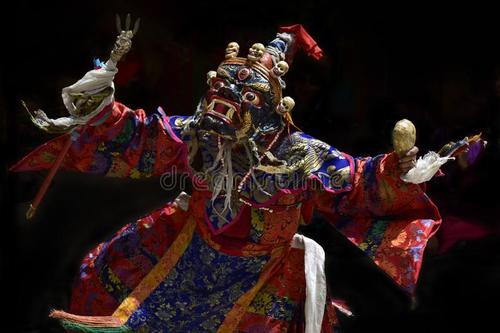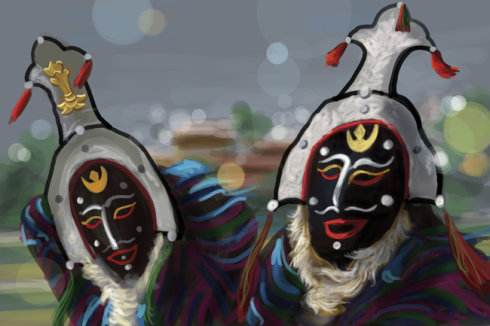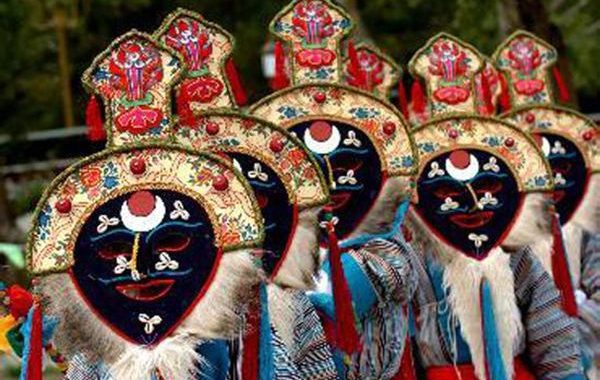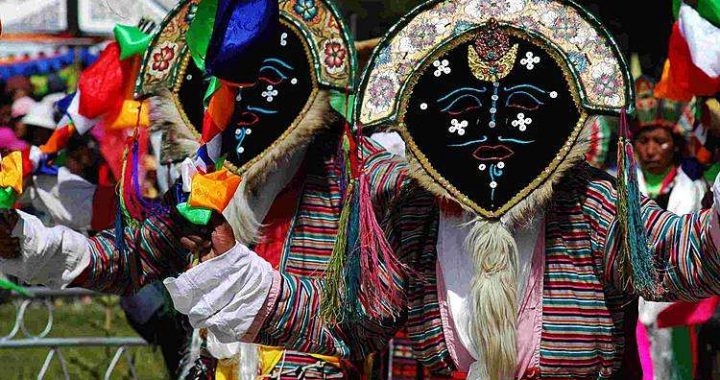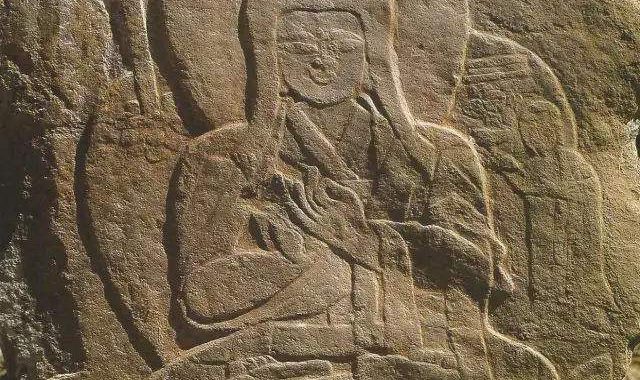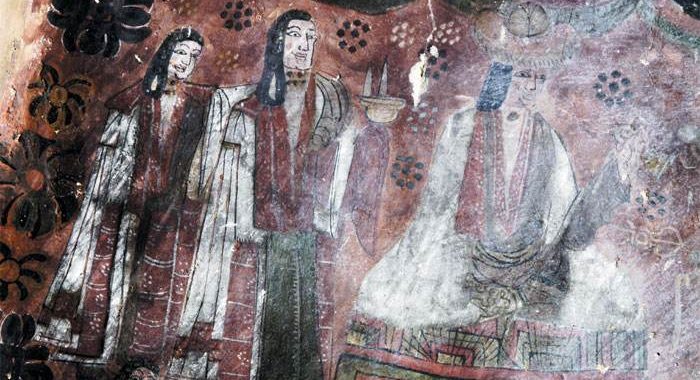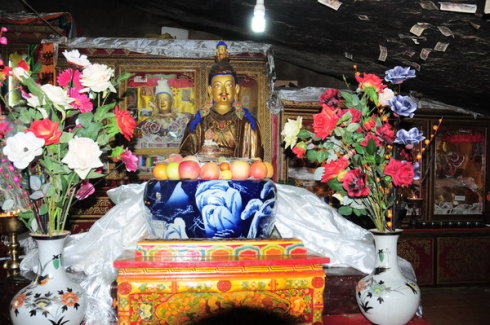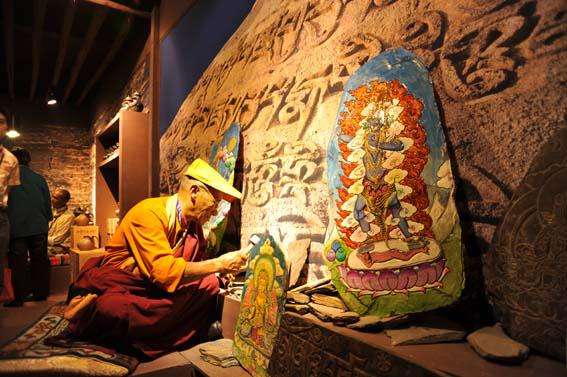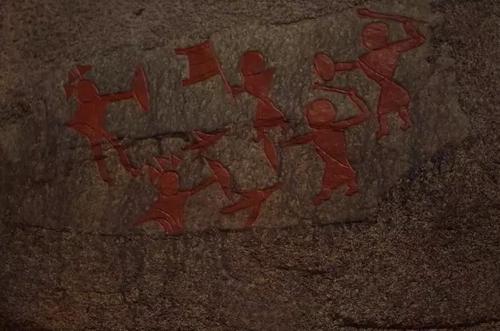Blue-mask Tibetan opera
2 min read· Formation
Blue-mask opera was called “Aji-Lhamo”or “Bowenbu”in Tibetan language, meaning fairy sister. It was an off-shoot of white-mask Tibetan opera. In the late 15th century, renowned Tibetan Buddhist monk Thangtong Gyalpo took white-mask Tibetan opera back to his base the Chung Riwoche Monastery and established the Chung Riwocheba theatrical troupe, changed the white goat-skin mask to blue, and composed the Buddhist story Prince Drimed Kunden on the basis of white-mask Tibetan opera and combined it with local songs, dances, ancient yoga and acrobatics. Thus blue-mask Tibetan opera gradually took shape.
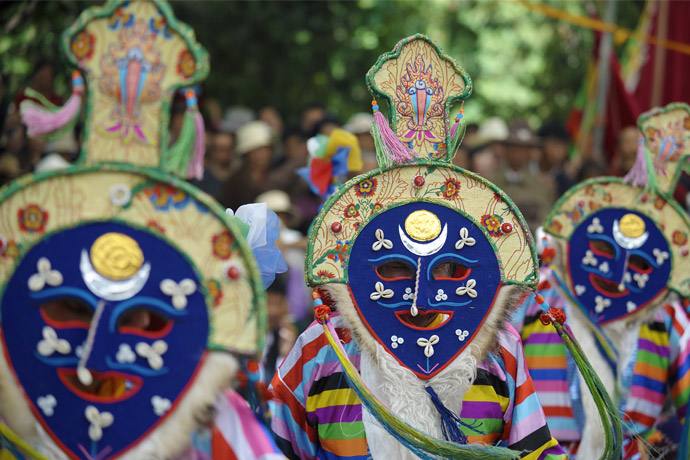
As it developed, blue-mask Tibetan opera not only developed sets of singing performances and stylized movements, but also formed four sects:”Jiongba,””Jiangar,””Xiangba”and “Chomlung,”and developed a batch of traditional plays. Today “eight Tibetan operas”are often performed.
The performance of blue-mask Tibetan opera “Sukyi Nyima”
· Artistic characteristics of blue-mask Tibetan opera The opera was performed in the U-Tsang dialect featuring gentle, rich and delicate tones. It has three indivisible performance that start it off, the official part and an auspicious ending, and centers on the stylized performance of singing, dancing, chanting, expressions, soliloquy and other techniques interspersed by folk dance and acrobatics, forming a unique blend combining the ritual, religious, mask opera and square performance. It highlights ancient, magic and diverse charm.
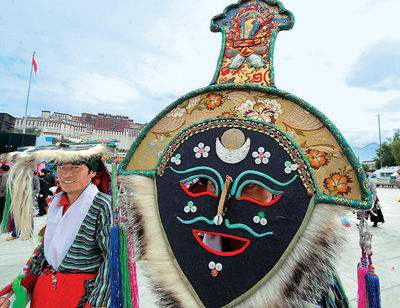
Blue-mask Tibetan opera retains the characteristics of folk art of talking and singing epic stories, that is, the presenter recites stories one paragraph after another while introducing performers to play the scenarios with vocal and dancing accompaniment throughout the whole show. The contents show strong religious color on the one hand and unique reflections on the worldly life and society and history of Tibet, and on the other, the social and historical life and rich ancient Tibetan culture.
